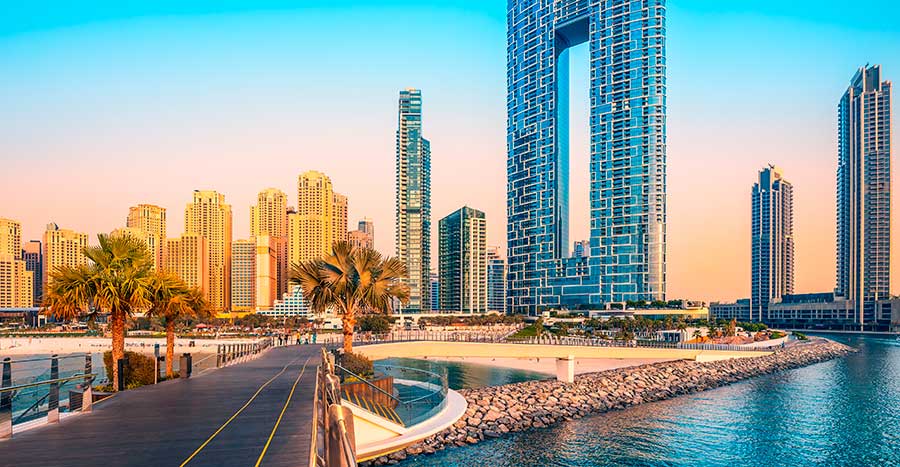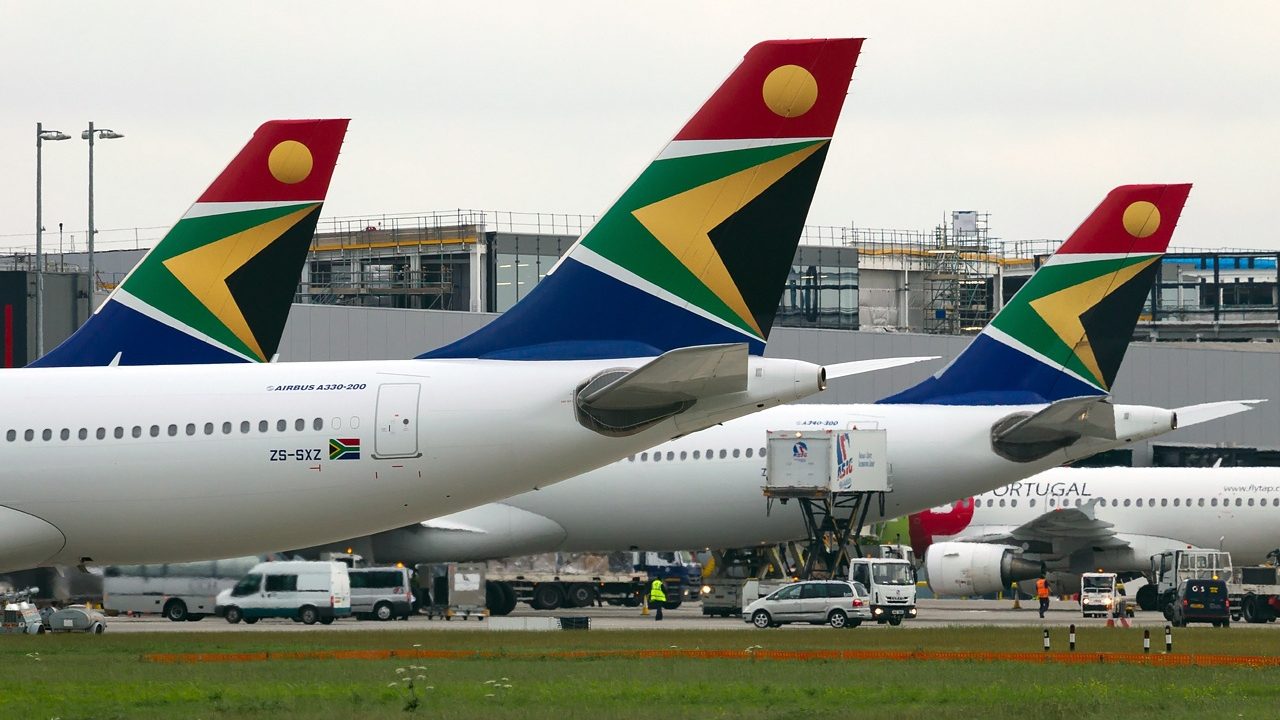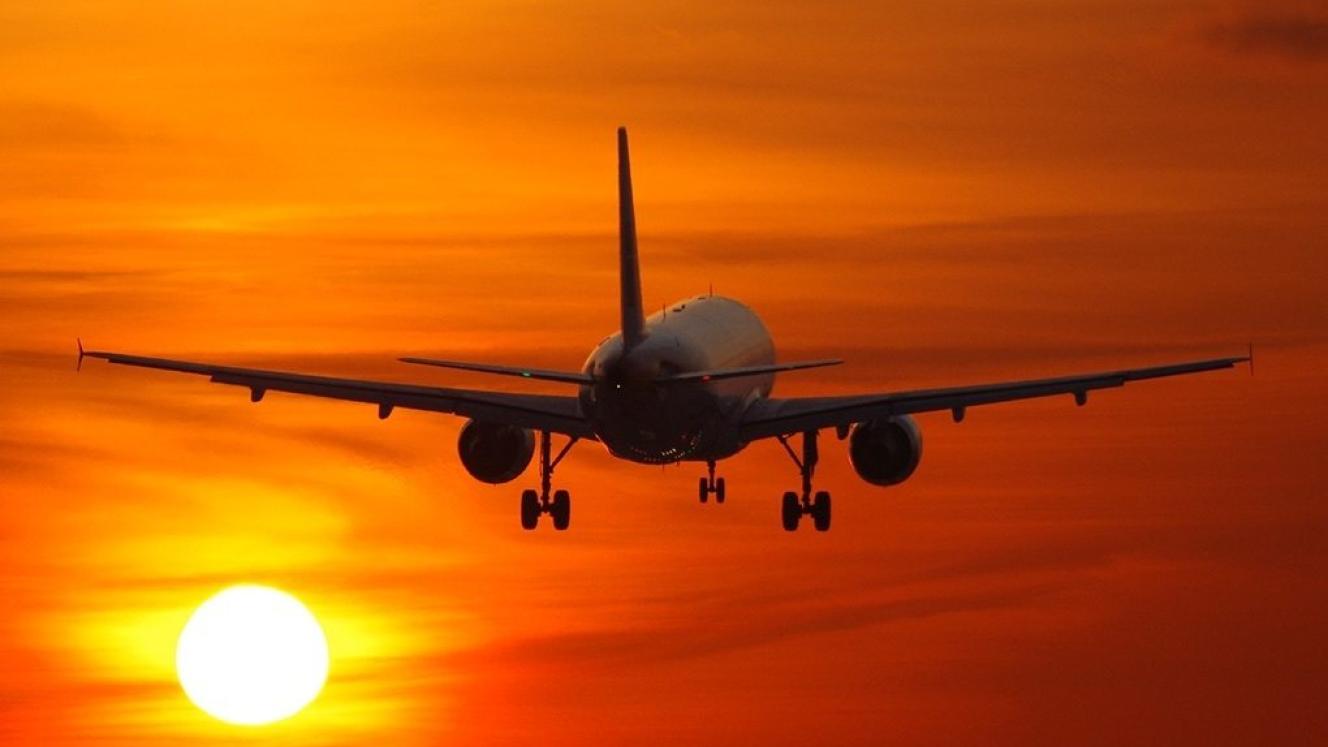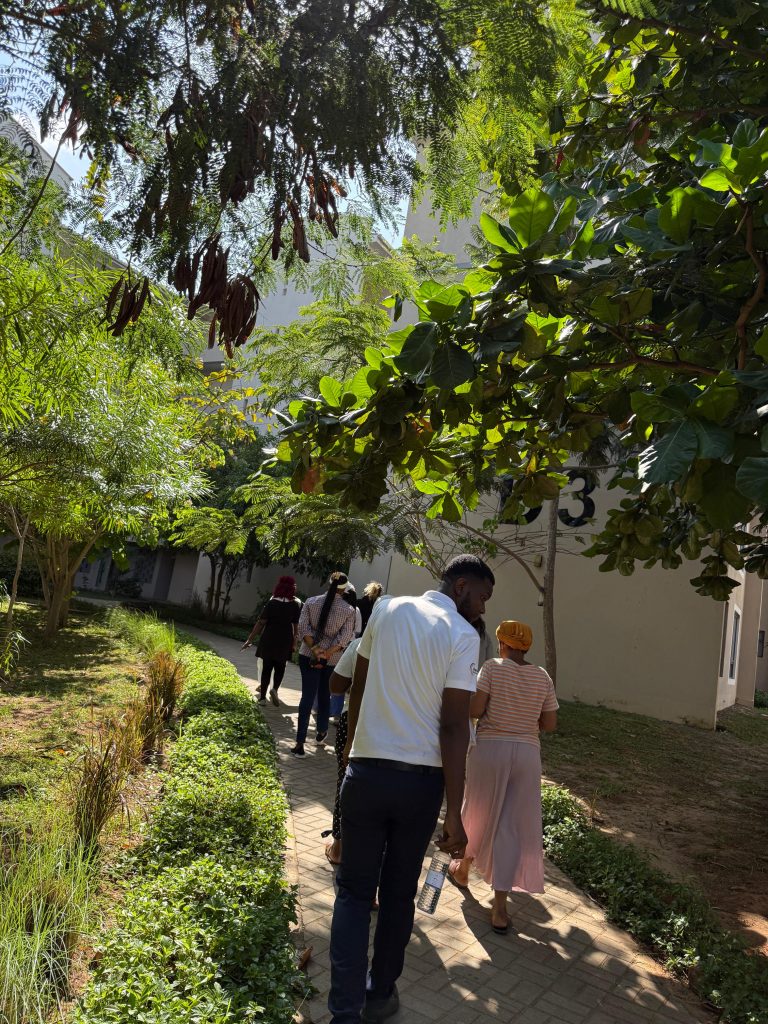South African Airways (SAA) and Turkish Airlines have announced a significant new codeshare partnership, set to transform global travel connectivity for African tourism. Officially signed on 4 December 2025 in Geneva during the Star Alliance Chief Executive Board meeting, the agreement aims to strengthen ties between South Africa, Türkiye, and key global destinations, offering enhanced travel opportunities for both outbound travelers and international tourists heading to Africa.
This partnership will see Turkish Airlines place its “TK” code on a range of flights operated by SAA, connecting cities across southern Africa, including Johannesburg, Cape Town, Durban, Gqeberha (Port Elizabeth), Windhoek, Harare, Victoria Falls, and Mauritius. In return, South African Airways will add its “SA” code to Turkish Airlines services linking Istanbul with South Africa’s major cities—Johannesburg, Cape Town, and Durban—as well as key European hubs like Frankfurt, Paris, and London. The agreement expands route networks and creates seamless travel options for tourists, making it easier to explore Africa and neighboring regions.
Enhanced Connectivity for Africa’s Tourism Sector
The codeshare agreement offers a seamless link between Africa and Europe, with Istanbul positioned as a key transit hub for travelers continuing to destinations in Asia, the Middle East, and the Americas. With Istanbul growing as a global aviation hub, the partnership offers African destinations unprecedented access to Turkish Airlines’ expansive network, greatly benefiting the continent’s tourism sector. This partnership unlocks opportunities for African destinations to attract new international tourists from regions previously less accessible, including key markets in Europe, Asia, and the Americas.
For tourism professionals in Africa, the increased connectivity means a greater potential for inbound tourism, as international travelers can now easily book flights that combine travel across Africa with visits to major global cities. Additionally, the partnership boosts trade and tourism flows, enhancing Africa’s role in the global tourism landscape.
Streamlined Travel for Tourists
The codeshare agreement is set to simplify the travel process for tourists, allowing for coordinated schedules, streamlined booking procedures, and reduced transit times. This provides greater flexibility and convenience for travelers seeking to explore multiple destinations within Africa or travel to major international cities with fewer layovers.
With more accessible travel options, African destinations are likely to see an increase in the number of visitors choosing to extend their trips across the continent. For example, a traveler flying from London to Johannesburg with Turkish Airlines can now easily connect to domestic SAA flights to explore Cape Town, Durban, or even venture into nearby countries like Namibia, Zimbabwe, or Mauritius.
The reduced travel time and simplified connection process also open up opportunities for multi-destination tourism packages, making it easier for operators to create appealing itineraries that span both Africa and international locations. For African tourism, this collaboration presents the chance to tap into a wider market by offering more diverse travel options that combine leisure, business, and cultural experiences.
Increased Market Access for African Tourism
This partnership also signals a major step in improving Africa’s position in the global tourism market. By aligning with Turkish Airlines, one of the world’s leading carriers, SAA is gaining access to a more extensive international distribution network. This development is crucial as Africa works to compete in the increasingly competitive global tourism sector.
For local tourism professionals, this collaboration represents a chance to promote African destinations to new markets, particularly in regions that were previously difficult to reach or underserved by current international flight routes. Turkish Airlines’ broad presence in Europe and Asia provides African operators with an opportunity to attract tourists from new source markets, such as those in the Middle East and Southeast Asia.
Additionally, the expanded connectivity offers more competitive pricing and better flight availability, making it easier for tourists to consider Africa for both short-term vacations and longer multi-destination trips. As the aviation industry moves towards more integrated services, the partnership between SAA and Turkish Airlines allows for improved economies of scale, which can lead to better pricing and more consistent schedules for international travelers visiting Africa.
Timing and Sales for the New Codeshare Flights
Ticket sales for the new codeshare flights will officially open on 1 March 2026, providing ample time for tourism stakeholders in Africa to adjust their marketing strategies and update distribution channels. As the codeshare flights become available, African tourism authorities and businesses are encouraged to develop tailored marketing campaigns, create attractive packages for international tourists, and promote the expanded routes in collaboration with Turkish Airlines and SAA.
The codeshare agreement also presents the opportunity for Africa to foster new partnerships with international travel brands. With Istanbul as a strategic gateway, African tourism products and destinations will have the chance to reach a broader audience and benefit from Turkish Airlines’ extensive network of partnerships and loyalty programs, further boosting tourism arrivals.
Future Growth and Investment in African Tourism
Looking ahead, the SAA-Turkish Airlines partnership is expected to drive further network expansion and open up new opportunities for tourism growth. The added frequencies, improved city pairings, and enhanced flight schedules provide more choices for business and leisure travelers. This expanded network supports the diversification of African travel products, allowing tourism operators to offer a wider range of experiences, from adventure travel to cultural and eco-tourism.
Furthermore, the codeshare agreement reinforces the shared commitment by both airlines to invest in Africa’s future and its tourism sector. As travel demand grows and the global tourism industry recovers, this collaboration will play a significant role in reshaping Africa’s international appeal. The partnership highlights the growing importance of connectivity, which is key to the continent’s long-term success in the global tourism marketplace.
Conclusion: Unlocking New Global Opportunities for African Tourism
The partnership between South African Airways and Turkish Airlines marks a new chapter in Africa’s tourism development. With improved air connectivity between Africa and Europe, Asia, and the Middle East, the codeshare agreement is set to unlock new travel opportunities and increase the flow of tourists to Africa. As the continent positions itself as a year-round destination, this collaboration promises to support economic integration, boost tourism arrivals, and promote Africa’s diverse offerings to the global market.
Source:travelandtourworld.com





































